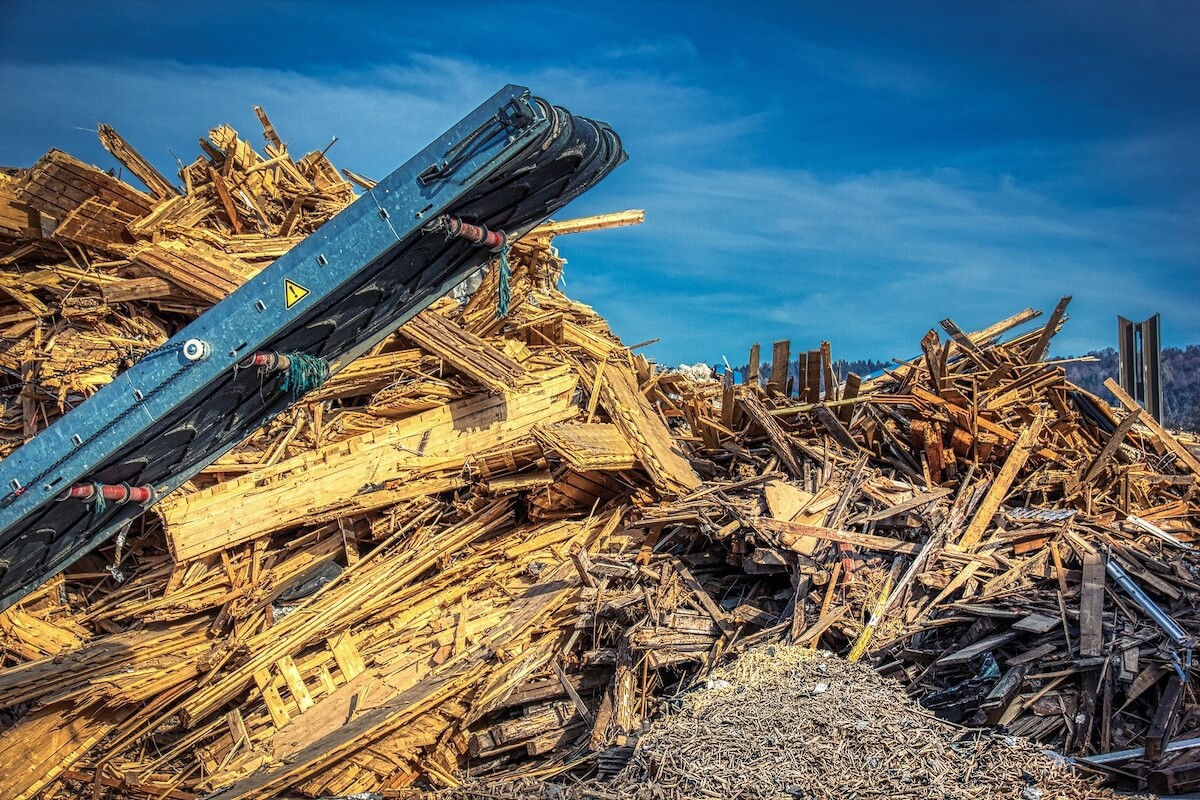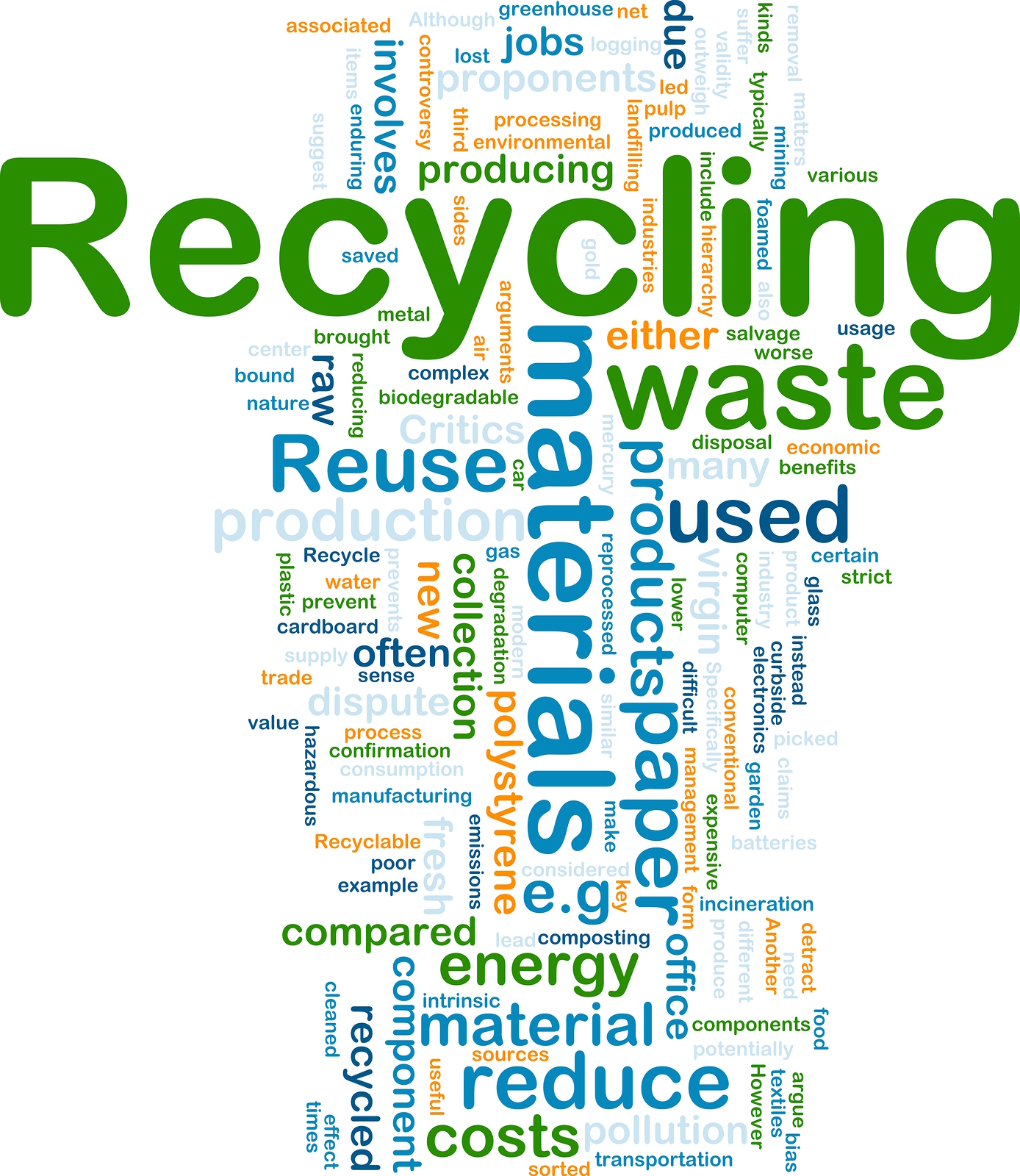Innovation is more than an idea to be talked about in the boardroom. It requires an investment of time, resources, and a willingness to change. The process is not immediate, but instead a long-term strategy. Leadership can’t expect a one-year return on their investment. In fact, it may take a few years before a business can break even, but the potential is huge.
For us, the goal was to go-to-market with a completely new, total life cycle solution for how utilities can deal with their waste stream. From a broader perspective, we hope to provide an exemplar of how companies should be thinking about their environmental footprint.
All business leaders could benefit from asking themselves about the environmental value they get from their product in the way it is developed, manufactured, and disposed of. In fact, given the new and increasingly circular economy that is developing all around us, business leaders can’t afford not to start implementing innovations in a directed way that aims to derive greater environmental value from products and production processes.
In commodity industries, innovation can serve as a brand differentiator and a market disruptor. Companies in these markets don’t have to participate in the race to the bottom on prices; positioning yourself as having the most cutting-edge business model in your sector can attract and attach buyers to you even more effectively.
Ultimately, the benefits of innovation efforts extend beyond the parties involved in the immediate business transaction. In implementing our innovation model, we have become more environmentally sensitive, at the same time providing a value proposition to end users (the utilities), the environment, and the general citizenry.
Companies interested in innovation need to start by examining the likely impact that cultural, economic, demographic, and industry-related issues and trends will have on their business model. In that way, they integrate their innovation efforts into the broader, long-term business strategy. Success won’t come from brainstorming big ideas in a standalone department whose goals are detached from those of the rest of the company. Success also won’t come from implementing measures in a reactive manner to meet specific demands here and now. Instead, successful innovation efforts need to be directed at the long-term aims of the company and reflect long-term trends in the industry.
Learn how your company can adopt an innovative approach to the future that will provide long-term success by grabbing a copy of my book, Transforming the Utility Pole: Using Innovation To Disrupt Commodity Markets And Fuel Sustainable Business.











